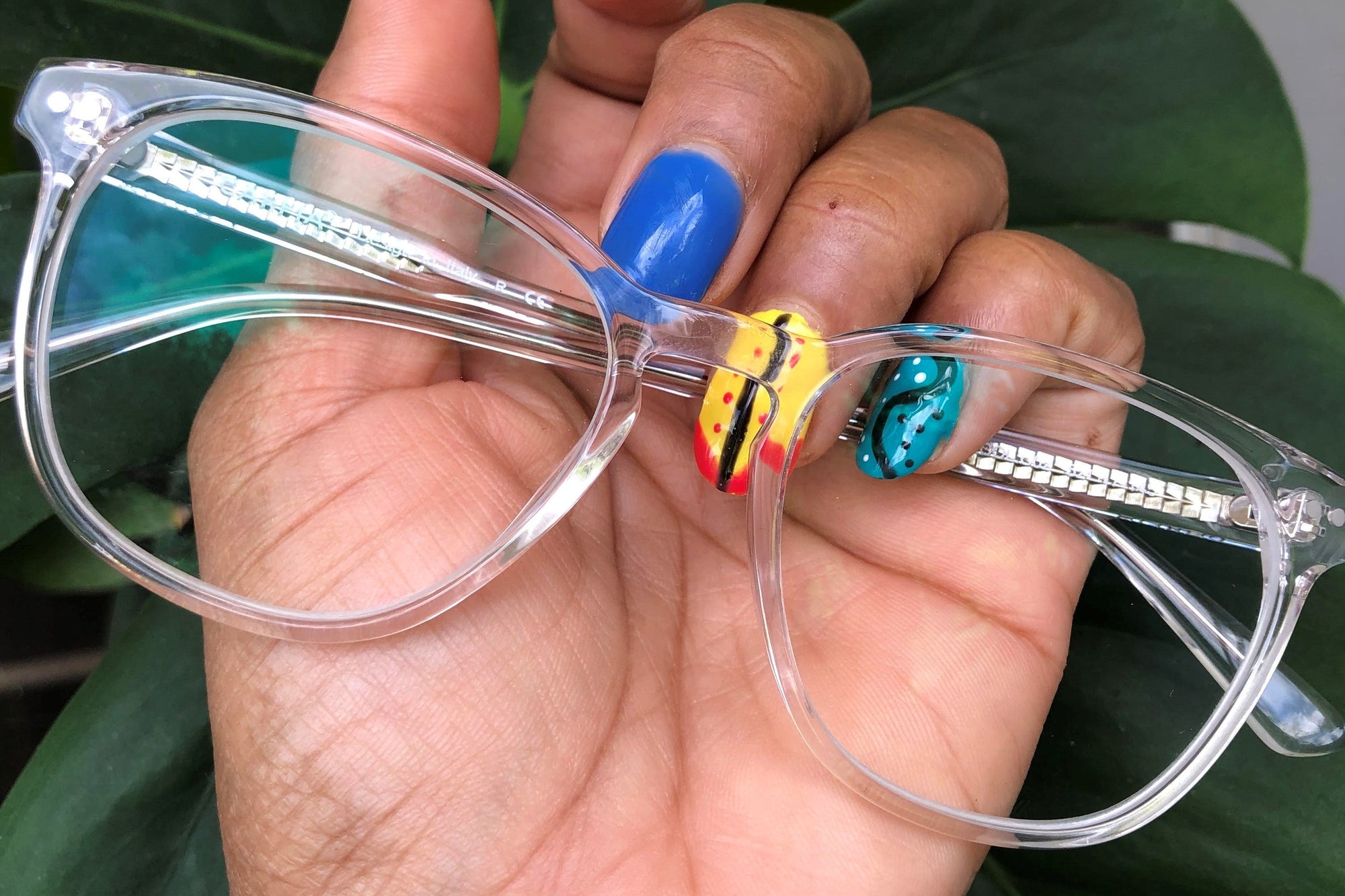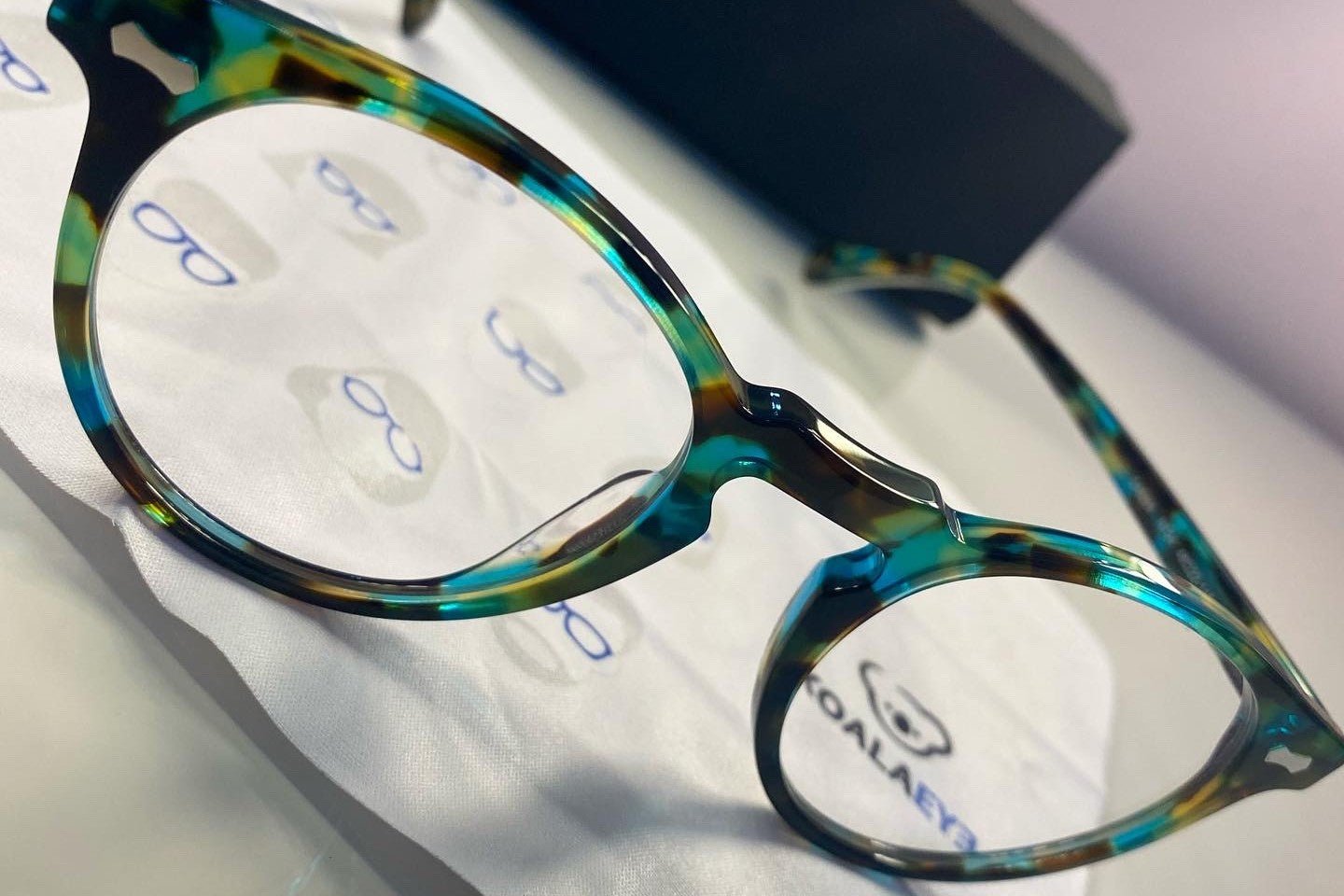GlassesUSA has a wide variety of glasses.
GlassesUSA has a large selection of frames to choose from. Their frames are classified by gender, designer, color, shape, and trend. In addition to sunglasses and sports glasses, there is an area for children's glasses. GlassesUSA has cheap options and expensive frames. To mark the launch of 3D-printed glasses, GlassesUSA is giving consumers the opportunity to design their own frames for an opportunity to win a $300 GlassesUSA gift card.
Cellulose Acetate
Acetate is a kind of thermoplastic resin obtained by esterifying acetic acid to acetic anhydride under the action of a catalyst. Acetate is resistant to water, gasoline, mineral oil, and lipids, weak alkaline solutions, and acids, excellent weather resistance, not resistant to ethanol, strong acids, and strong alkaline solutions. During thermoforming, it is very necessary to dry the material before forming. Acetate was born in the early 20th century, and was successfully trial-produced and industrialized by the UK in the early 1920s. At present, it is the second-largest variety in cellulose fiber after viscose fiber. Acetate can be used to make textiles, cigarette filters, film bases, and plastic products.
Accurate optometry is key.
Optometry before wearing glasses is very key. Children's optometry should choose mydriasis optometry. Mydriasis optometry is a method of optometry designed specifically for children. It works by using drugs to completely paralyze the ciliary muscle of the eye so that it loses its regulatory role. So you can check out the child is true myopia or pseudomyopia. During optometry, you should pay attention to let the child as far as possible to relax, so as not to affect the effect of optometry. For the sake of children's health, it is recommended that parents and friends can take their children to a professional optometry place to choose glasses. In addition, do not rely solely on optometry to determine the child's glasses, but to see which degrees are more suitable.
TR90 spectacle frame
TR90 is a composite super-elastic resin material first invented by Koreans and used in the manufacture of glasses. Its characteristics are lightweight, excellent flexibility, and slightly lighter than pure titanium. After this material is being made into a finished product, it is non-adjustable. The application is basically injection molding. Koreans are the first to apply to glasses production, which has been popular for a few years, and then popular in the Japanese market. Now it is basically mass-produced in China. The high-end high-quality TR90 spectacle frames are produced in Shenzhen, and the low-end low-quality ones are in Wenzhou because they are much cheaper.
Progressive lenses and single vision lenses
Single vision lenses are the most widely used optical lenses and are suitable for the general population.
Progressive lenses are suitable for below people.
① Myopia control lenses for teenagers. Progressive lenses are used to relieve visual fatigue and control the development speed of myopia.
② Anti-fatigue lenses for adults. Progressive lenses are used for teachers, doctors, people who use too much computer at close range to reduce visual fatigue caused by work.
③ Progressive lenses for Middle-aged and elderly people. A pair of glasses for middle-aged and elderly people to easily see near and far.
How to adapt to progressive lenses?
People who are prone to motion sickness or have inner ear diseases may suffer dizziness, nausea, vomiting, and other symptoms due to their inability to tolerate the slight deformation of the visual objects, so they need to pay more attention when wearing them. For people who have not worn reading glasses before, it is not recommended to wear graded multi-focus glasses directly because their eyes will not be able to adapt quickly.
What are acetate glasses?
Acetate spectacle frames are the most common spectacle frames on the market. It has a light texture and good gloss, which is very popular among young men and women. Acetate frames are lighter and generally considered to be better than plastic frames. Acetate fiberboard is known for its Hypo-Allergenic, so it is a popular choice for people with sensitive skin. Unlike some plastic or metal frames, they can cause allergic reactions. However, you will find that acetate frames are usually more expensive than ordinary plastic frames. So what is the reason?
Acetate is one of the first synthetic fibers. It was not used to make glasses until the late 1940s. The higher the quality of acetate, the better the gloss and transparency. Not easy to burn is one of the biggest characteristics of acetate fiber. Also because of the non-combustibility of acetate fiber, this material can hardly be affected by ultraviolet radiation to change color, and can better maintain the gloss of the spectacle frame. Moreover, it is light and hard, and it is not easy to deform.











































